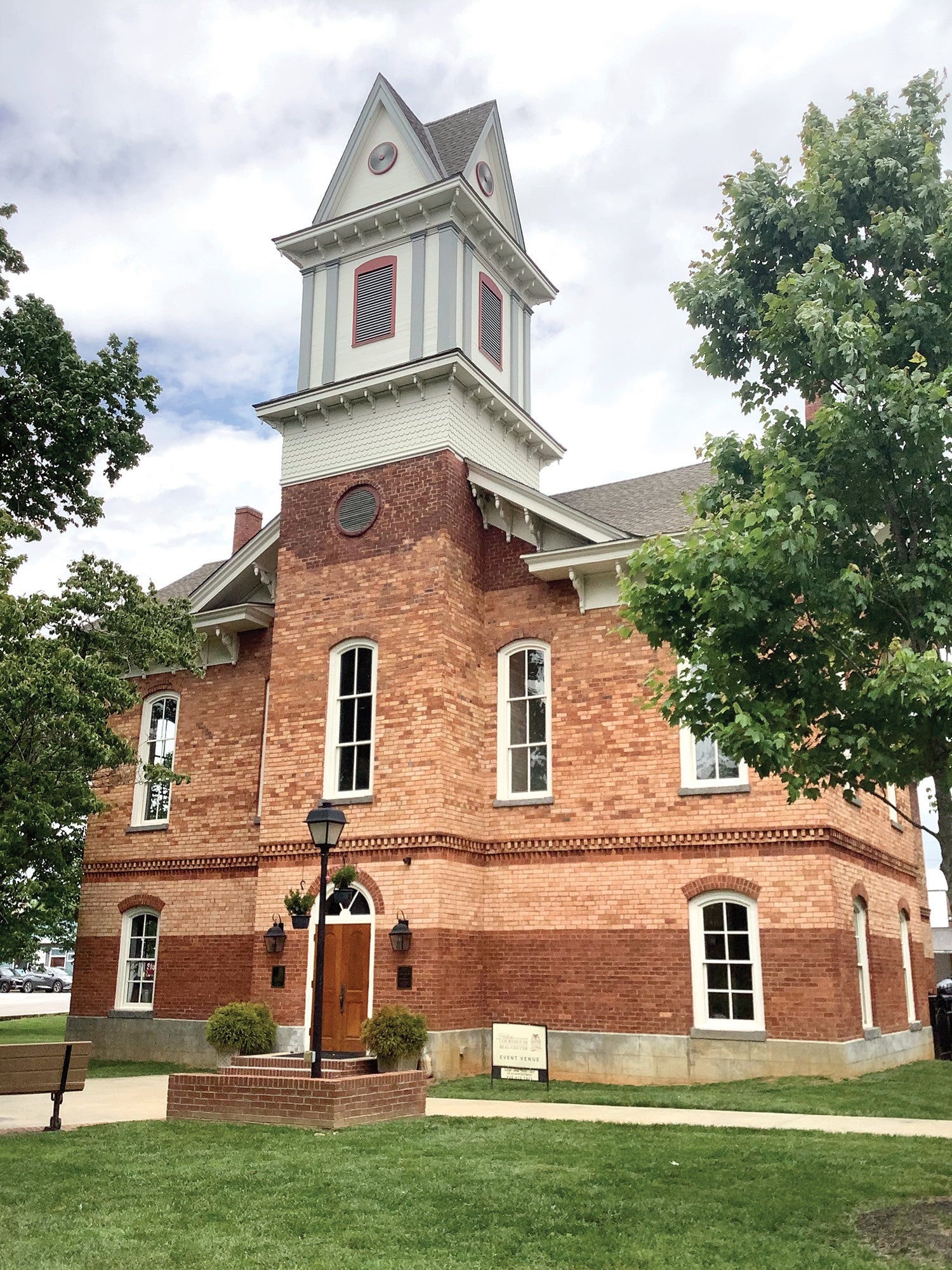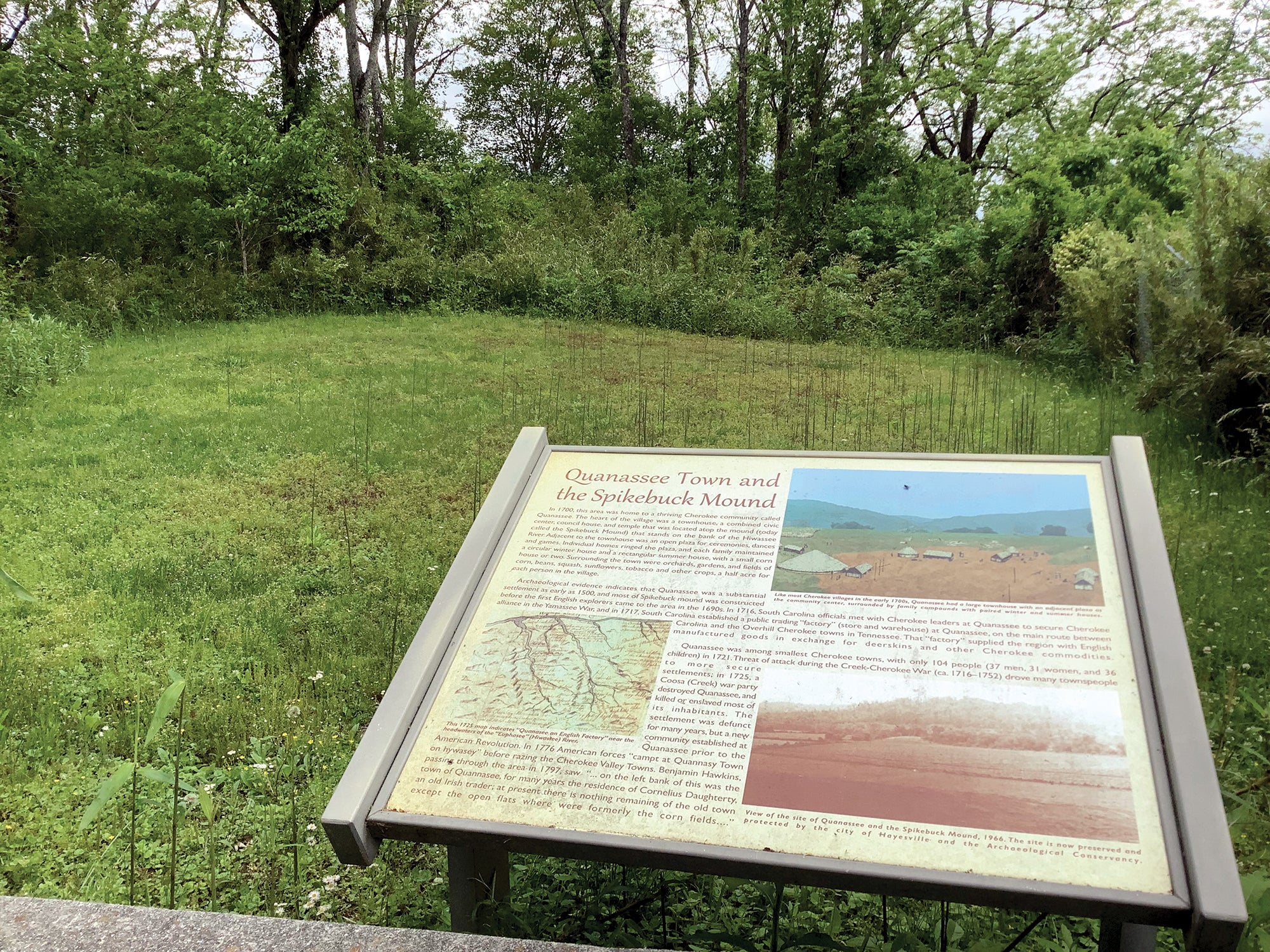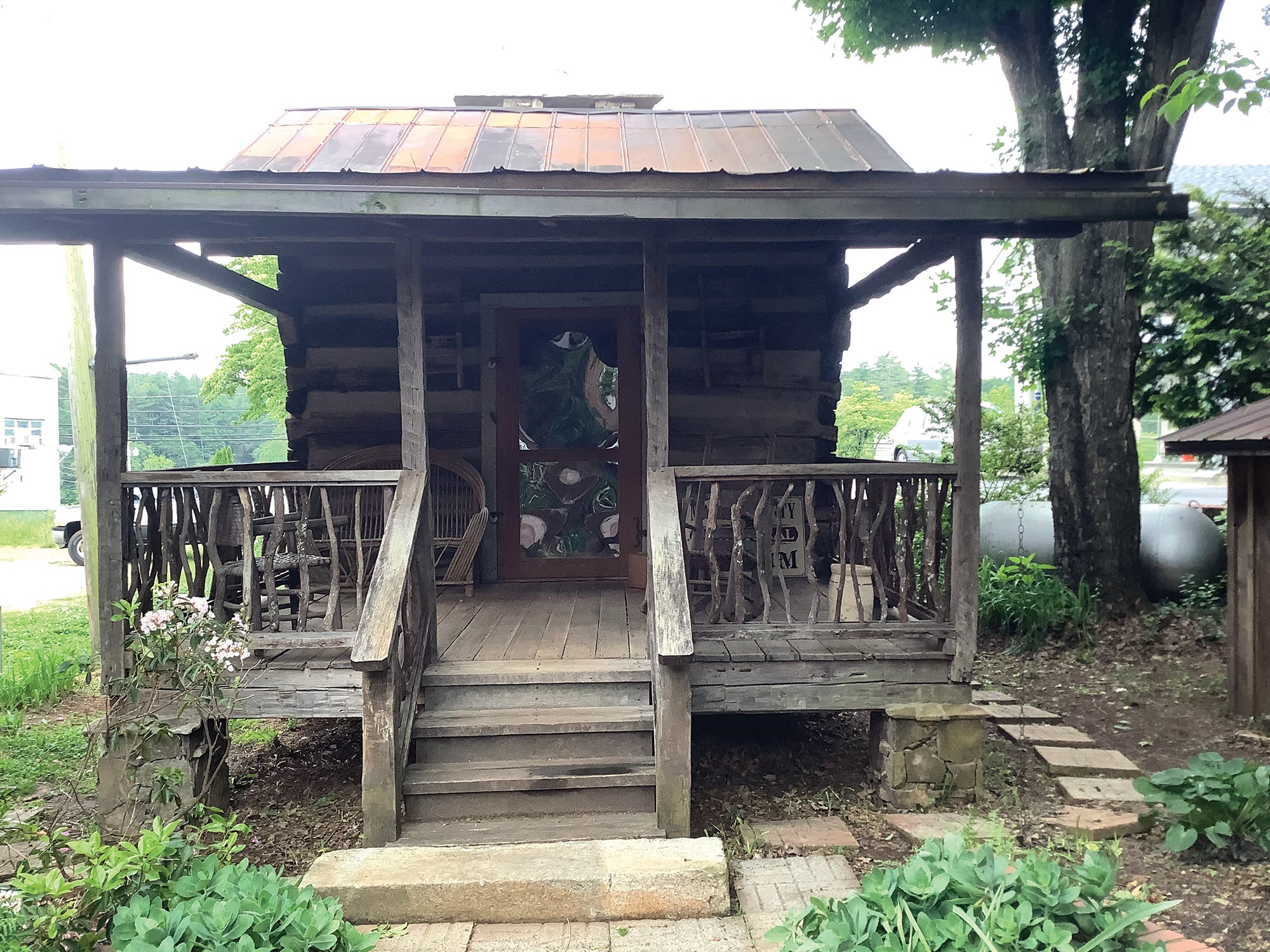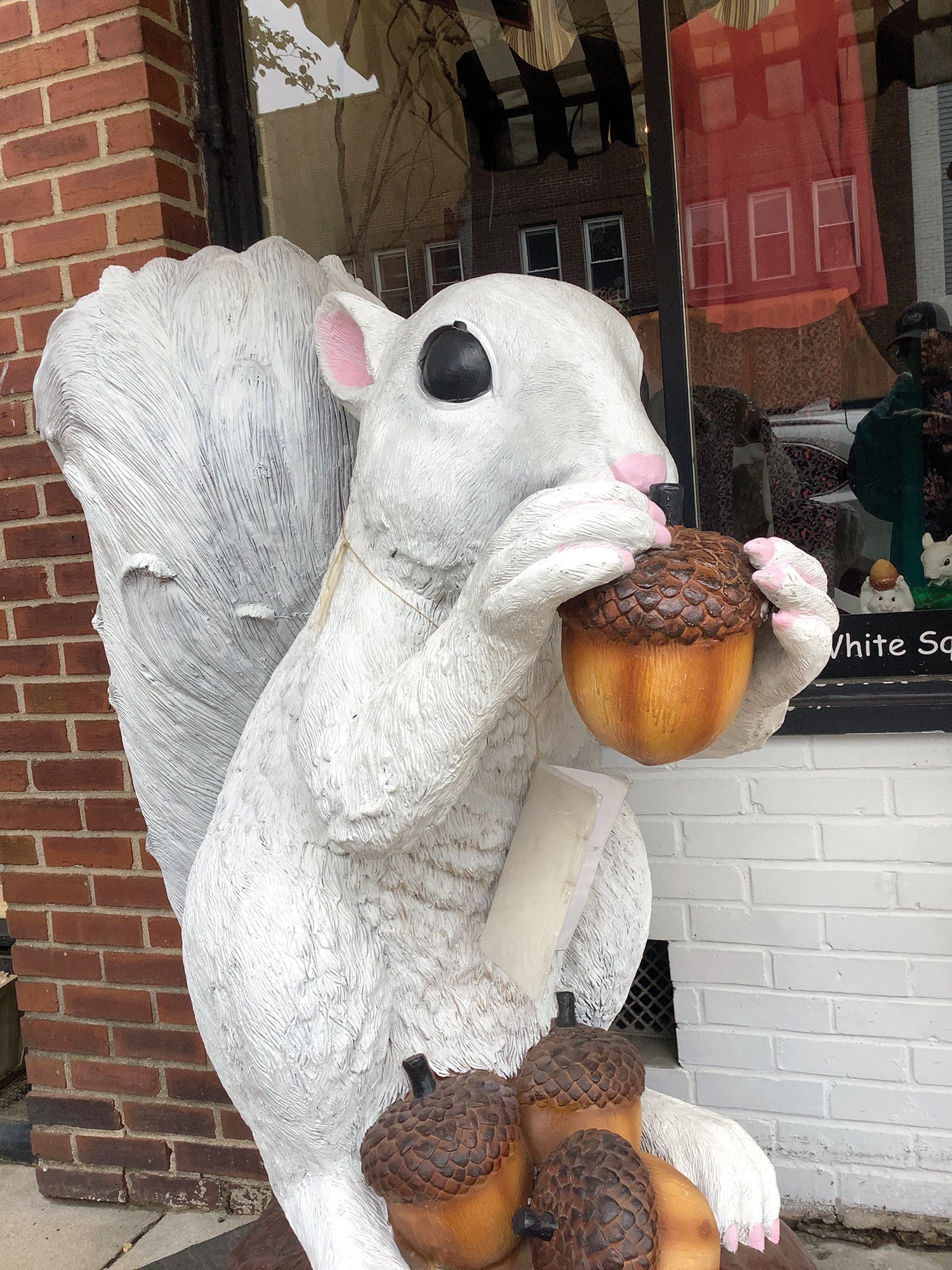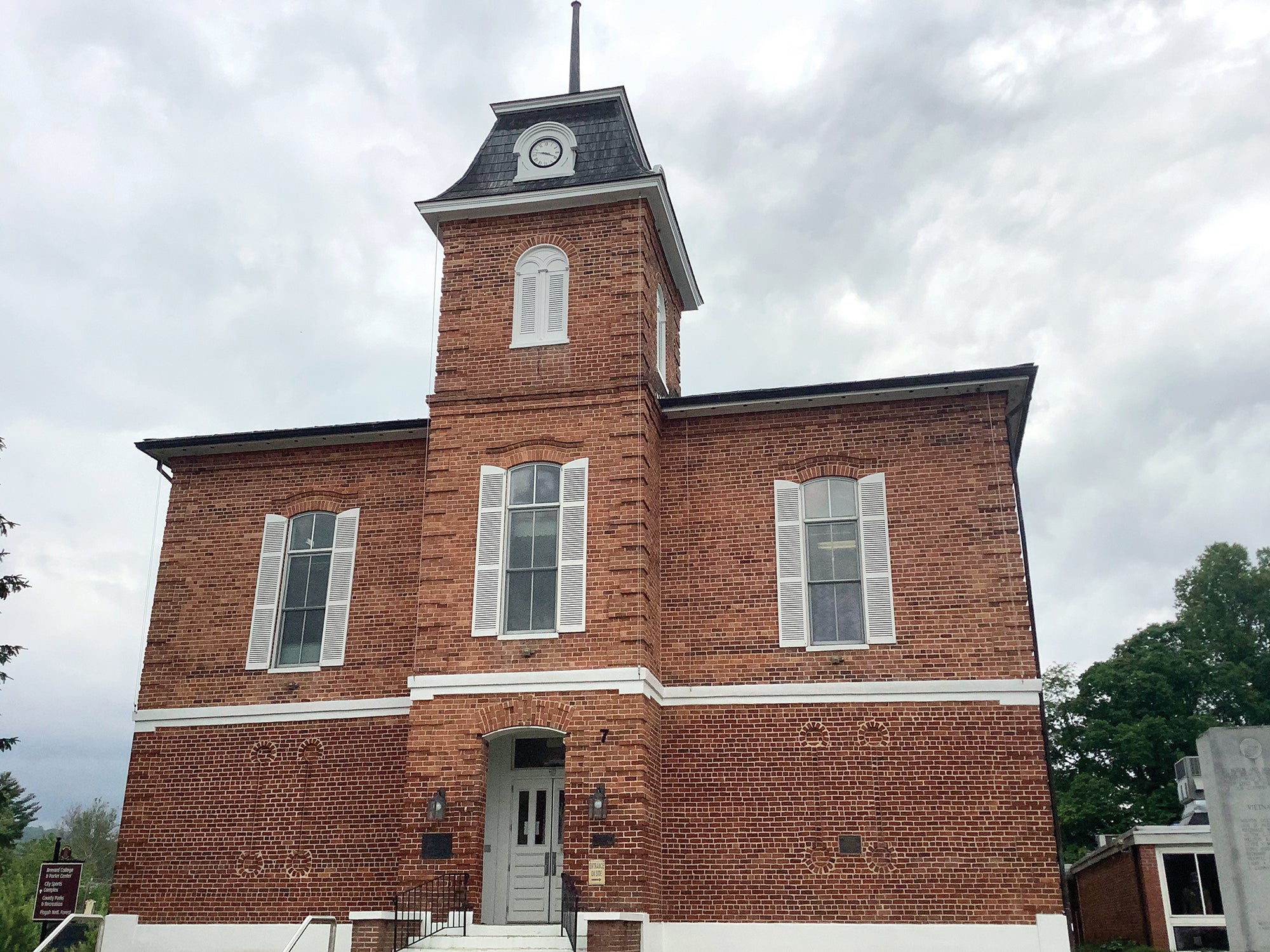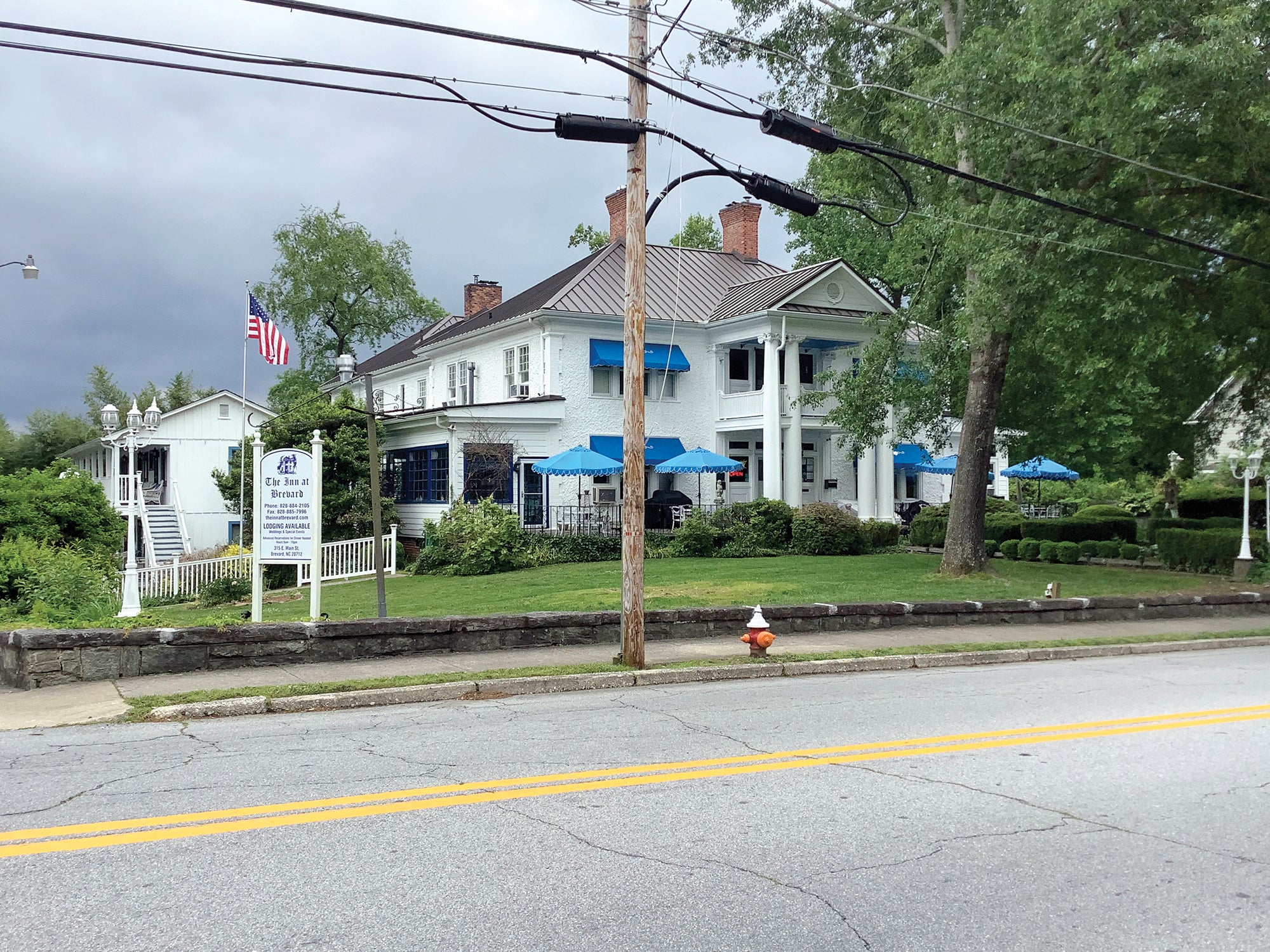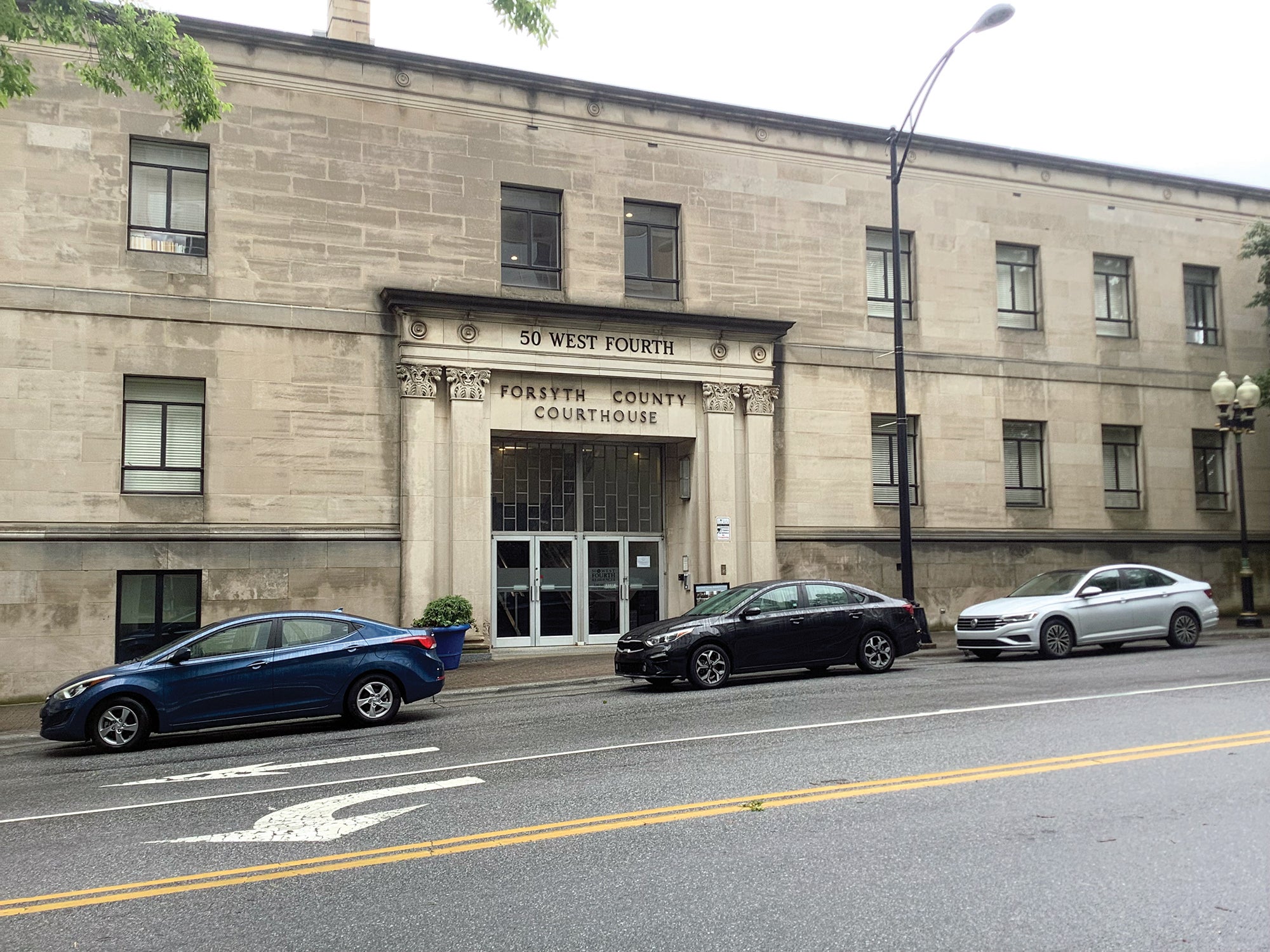DAVID FREEZE COLUMN: Mountain counties complete
Published 2:31 pm Monday, June 5, 2023
|
Getting your Trinity Audio player ready...
|
Editor’s note: David Freeze is a runner, running coach and long-distance cyclist from China Grove in Rowan County. He is completing a challenge to run a few miles in every county seat in all 100 N.C. counties. Contact him at david.freeze@ctc.net.

Hayesville is another town that has a deep Cherokee heritage. The Cherokee had a village along the Hiwassee River as early as 1000 AD that eventually became Hayesville after the Indians were forced to cede their land.

David Freeze
Nineteenth-century politician George Hayes learned that residents wanted their own county seat because of the difficulty of traveling to Murphy. Hayes introduced legislation and got it passed to designate the new county as Clay and Hayesville became the county seat. The town of Hayesville was incorporated in 1913.
Yet another majestic courthouse is the center of Hayesville and concerts are held all summer on Friday nights. The building was abandoned by county officials in 2007, then renovated and opened again in 2018 as an event center. The old Clay County Jail was built in 1912 and has been the county museum since 1974. I visited the site of the Spikebuck Town Mound and Village Site, one of six Cherokee sites around town.
Tribute statues honor traditional music, the Appalachian music that preceded bluegrass and quilting bees which were early social gatherings. Fort Hembree was another fort where the Cherokee were gathered before the army moved them west.
Next was Franklin, the town where my debit card was hacked on my run across N.C. Franklin is the seat of Macon County and is situated in the Nantahala National Forest. The town is centered around the 1,000-year-old Cherokee town of Nikwasi.
Organized in 1820, Franklin was named for Jesse Franklin who later became a U.S. Senator and the 20th N.C. governor. The Cullasaja River empties into the Tennessee River at Franklin. The town was incorporated in 1855.
Franklin is famous for its gem mining and hosts two gem shows each year as the “Gem Capital of the World.” The Franklin Gem and Mineral Museum is in the old jail. Charles Frazier grew up here, the author of “Cold Mountain,” a book about a Civil War soldier who walked home at the end of the war.
Franklin is known for its Scottish heritage while many streets are named in honor of the Cherokee. There is a Women’s History Trail that honors prominent women who contributed to the history of Franklin. The last body of Confederate troops east of the Mississippi surrendered here almost a month after Lee surrendered in Appomattox.
Brevard was next, known as the Land of Waterfalls and much more. As county seat of Transylvania County, which was formed from portions of Jackson and Henderson counties, Brevard is located at the entrance to the Pisgah National Forest.
It is also the home to white squirrels, none of which I have ever seen during numerous visits. The White Squirrel Festival was just held on the Friday, Saturday and Sunday before Memorial Day.
The first county meeting was held on May 20, 1861, the same day North Carolina seceded from the Union.
Due to the Civil War, Brevard was not incorporated until 1868. And it was not until 1881 per one source and 1884 per another that Transylvania County completed the brick courthouse they had discussed at the first county meeting in 1861. The courthouse still stands proudly today at the corner of Main and Broad streets.
The Co-Ed Cinema was built in the 1930s and is still going strong. In 1902, Joseph and Elizabeth Silversteen moved to Brevard from Pennsylvania and built the 33-room Greek Revival Mansion four blocks east of the courthouse on Main Street. It’s now known as The Inn at Brevard, on the National Register of Historic Places after construction in 1885, houses many community organizations and special events, and its extensive grounds provide visitors and residents of Brevard with a casual recreation center.
Before leaving town after what developed into a long day, I stopped at Sully’s Steamed Bagels, a bagel store open late in the evening. Steamed instead of toasted, I bought a bagful from Salem, perfect for the long ride home.
On Memorial Day, May 29, I drove to Winston-Salem, county seat of Forsyth County. It’s the fifth largest city in North Carolina and is the product of merging Winston and Salem in 1913. The original town of Salem was first planned in 1753 by the Moravian Church. In 1849, the Salem Congregation sold land north of Salem to the newly formed Forsyth County for a county seat. The new town was called “the county town” or Salem until 1851, when it was renamed Winston for a local hero of the Revolutionary War, Joseph Winston. Winston and Salem were officially incorporated as Winston-Salem after a referendum in 1913.
The RJ Reynolds Tobacco Company bought 84 acres in Winston-Salem in 1917 and built housing for its employees and the Reynolds Building in 1929, the tallest building south of Baltimore at the time. Piedmont Airlines, Wachovia Bank, Krispy Kreme, Hanes and Texas Pete were some of the business names that started in Winston-Salem.
Oddly, the city does not have passenger rail service but does have bus service to High Point where Amtrak is available. Sportscaster Howard Cosell was one of a long list of notables from Winston-Salem.
The old Forsyth County Courthouse was built in 1926 and incorporated elements of an earlier one built in 1896. A new courthouse is now in use.
Fifty county seats are now complete and 50 more remain. With lots to see, I completed 6.4 miles on my feet during the four visits.
I will be heading east, looking for more fun!




